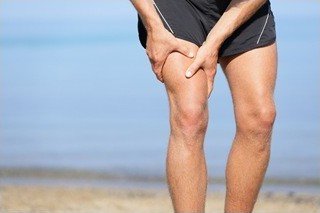
Iliotibial Band Syndrome Specialist - Coshocton, OH
Illobital band syndrome can be responsible for severe leg pain, taking you away from all the activities you love the most. If the condition is allowed to progress, it can even become an obstacle to you performing the mundane tasks you need to get through your day.
At Advanced Spinal Care & Rehabilitation, we’re committed to offering conservative, minimally-invasive alternatives to traditional treatment methods for illobital band syndrome. Our highly-trained back and neck pain specialists in Coshocton, OH will work alongside you to develop an individualized, patient-focused treatment plan that helps you meet your personal recovery goals.
Ready to start living your life free of the pain you’re experiencing as a result of illobital band syndrome? Now is your time to heal. Schedule your first appointment with the team at Advanced Spinal Care today.
What is the iliotibial band?
Iliotibial band syndrome is due to inflammation of the iliotibial band, a thick band of fibrous tissue that runs down the outside of the leg. The iliotibial band begins at the hip and extends to the outer side of the shin bone (tibia) just below the knee joint. The band functions in coordination with several of the thigh muscles to provide stability to the outside of the knee joint.
What is iliotibial band syndrome?
Iliotibial band syndrome (ITBS) occurs when there is irritation to this band of fibrous tissue. The irritation usually occurs over the outside of the knee joint, at the lateral epicondyle–the end of the femur (thigh) bone. The iliotibial band crosses bone and muscle at this point; between these structures is a bursa which should facilitate a smooth gliding motion. However, when inflamed, the iliotibial band does not glide easily, and pain associated with movement is the result.
What are the symptoms of iliotibial band syndrome?
As stated previously, the function of the iliotibial band is both to provide stability to the knee and to assist in flexion of the knee joint. When irritated, movement of the knee joint becomes painful. Usually the pain worsens with continued movement, and resolves with rest.
